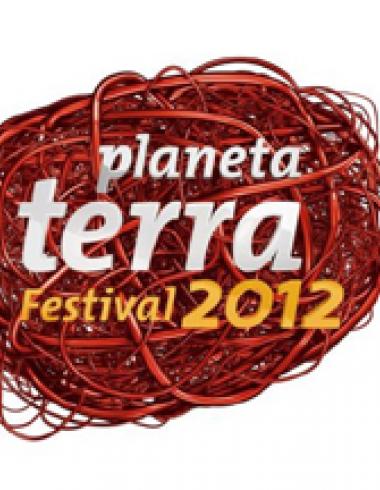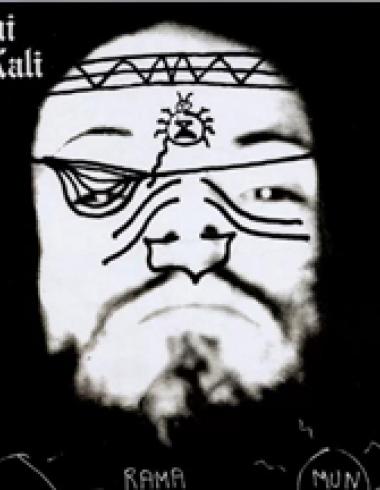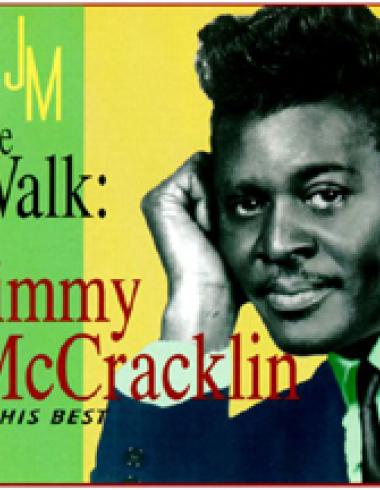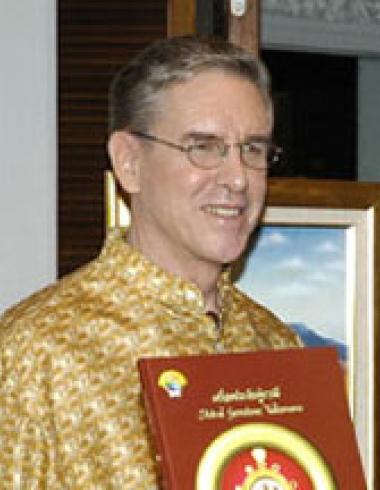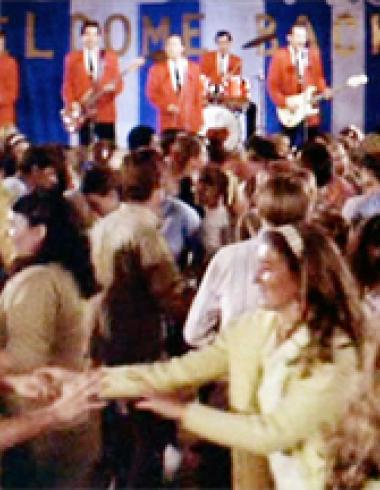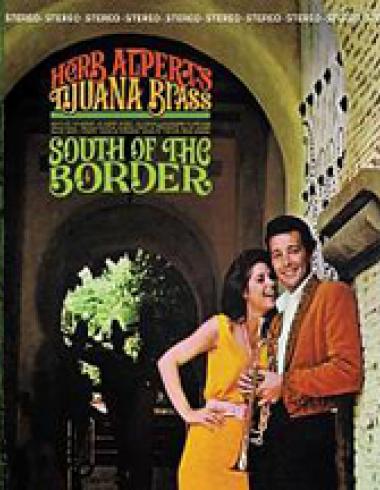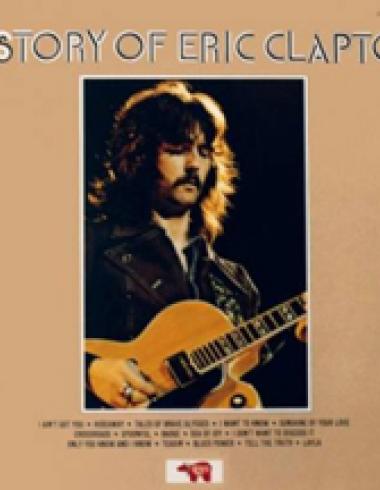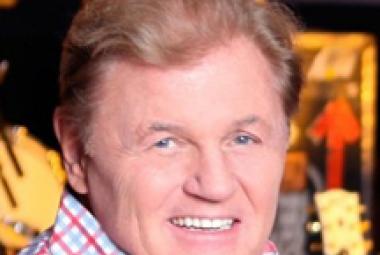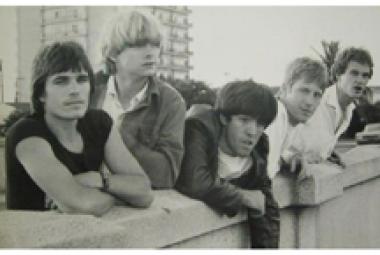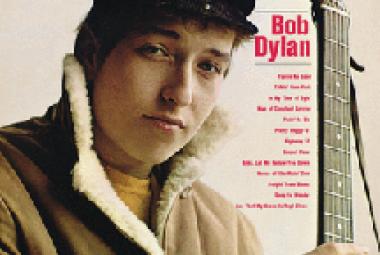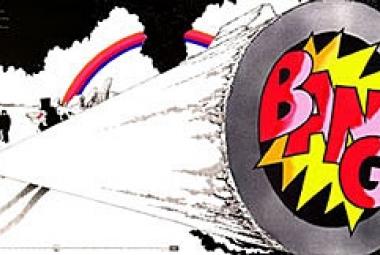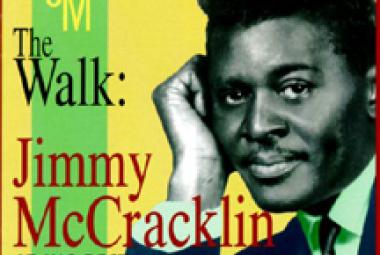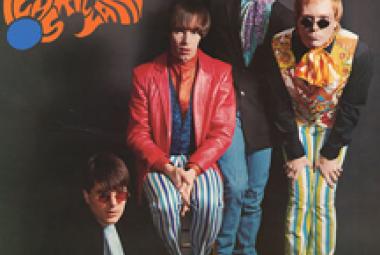The Band was a Canadian-American roots rock group. The members of the Band first came together as they joined rockabilly singer Ronnie Hawkins’ backing group The Hawks one by one between 1958 and 1963. Bob Dylan hired them for his U.S. tour in 1965 and world tour in 1966. The group began performing officially as The Band in 1968, and went on to release ten studio albums. The group was inducted into the Canadian Music Hall of Fame in 1989 and the Rock and Roll Hall of Fame in 1994. (More from Wikipedia)
The concert event The Wall – Live in Berlin, a July 1990 performance of the 1980 Pink Floyd album The Wall took place at the site of the Berlin Wall that had come down eight months previously. The concert was organized by Roger Waters, who had been the frontman for the band during their hitmaking period in the 1970’s and early 1980’s, though he left Pink Floyd in 1985 over creative differences and attempted to prevent the other bandmembers from continuing to use the name (they settled out of court in 1987).
Roger Waters had said during an interview in July 1989 that the only way he would perform The Wall live again was “if the Berlin Wall came down” – and four months later, it did. Attendance at the concert site itself was a record-breaking 450,000, and it was also broadcast live worldwide. Scorpions opened the concert with “In the Flesh” and also performed on three other songs. Guest artists included Cyndi Lauper, Marianne Faithfull, Thomas Dolby, Sinéad O’Connor, Joni Mitchell, Van Morrison, Bryan Adams, and Levon Helm and Garth Hudson of the Band. Tim Curry, Albert Finney, Ute Lemper and Jerry Hall are actors who also performed, mostly during “the Trial” sequence toward the end. As the concert was performed, a gigantic wall (550 feet long and 82 feet high) that appeared to be made of large styrofoam blocks was completed; at the end of the trial, the judge declared: “Tear down the Wall!”, and the wall was pushed over, row by row.
* * *
That brings me back to the original topic at hand: If Germans and Dutch could fluently speak the language of rock and roll, how much easier is it for Canadian rock musicians to blend in seamlessly with the larger rock world. Canadian rock stars are common, even if not everyone knows that they are Canadian: Neil Young is a long-time favorite of mine who is from Toronto, Ontario; the Guess Who, from Winnipeg, Manitoba, had numerous hits in the 1960’s and 1970’s and had a spinoff band as well called Bachman-Turner Overdrive, with lead singer Burton Cummings also having a lucrative solo career; Steppenwolf evolved from a Canadian rock band called the Sparrows (Mars Bonfire, a former Sparrow wrote their massive hit “Born to be Wild”); and the band that Janis Joplin headed for her final album, Pearl (after she left Big Brother and the Holding Company), the Full Tilt Boogie Band is from Stratford, Ontario. Even the seemingly quintessential American band called the Band was actually composed of Canadians with the exception of Levon Helm; they once released a single under the name the Canadian Squires.
(April 2013)
I dare say that I was one of the few Dylan fans who was disappointed when The Basement Tapes came out. I eagerly put on the supposed legitimate release of the classic double-LP bootleg album Great White Wonder, only to find that not a single one of the great early acoustic songs that made up most of that album were present; it was all electric songs that Bob Dylan recorded with The Band at the famous Big Pink house (and honestly, there weren’t all that many of them on Great White Wonder).
(May 2013)
* * *
In 1998, an organization called Native American Music Association & Awards was started in order to bring awareness of the contributions of Native Americans to music in all its forms; the Awards have been presented annually since that time. The surprise at taking even a quick glance at their “Did You Know” roster at www.nativeamericanmusicawards.com/halloffame.cfm is the incredible number of stars of popular music who have Native American blood – the tribe or confederation name(s) are given in parentheses here and elsewhere in this post: Elvis Presley (Cherokee), Jimi Hendrix (Cherokee), Hank Williams (Choctaw), Willie Nelson (Cherokee), Ritchie Valens (Yakui), Aaron Neville and the Neville Brothers (Choctaw/Cherokee), Loretta Lynn and her sister Crystal Gayle (Cherokee), Kitty Wells (Cherokee), Wayne Newton (Powhatan), Michael Jackson and the Jacksons (Choctaw/Cherokee), Link Wray (Shawnee), Richie Havens (Blackfoot), Robbie Robertson of the Band (Mohawk), Tina Turner (Navaho), Cher (Cherokee), Rita Coolidge (Cherokee), Eddie Van Halen of Van Halen (Native Hawaiian – Native Americans who are not among those often called Indians), Tori Amos (Cherokee), Toni Tennille of the Captain and Tennille (Cherokee), Billy Ray Cyrus and his daughter Miley Cyrus (Cherokee), Anthony Kiedis of Red Hot Chili Peppers (Mohican), LL Cool J (Cherokee), Beyoncé (Creole), etc.
Tommy Allsup (Cherokee) was a member of Buddy Holly’s new band in 1959; he “lost” a coin flip with Ritchie Valens and was thus not on board the airplane that crashed on the day the music died.
(August 2013)
* * *
But of course it was the music from Cheap Thrills that made a true impression on me. An old friend from my model-rocket days had introduced the album to me, playing the devastating live track “Ball and Chain” first and then Side 2 in its entirety after that (including “Ball and Chain” again). The song that closed the first side, “Piece of My Heart” was one of my two favorite songs in my first year at college in 1969-1970 – the other was “The Night They Drove Old Dixie Down” by the Band.
(February 2014)
* * *
In 1969, Mick Farren “liberated” the earliest large-scale rock concert in the U.K., the 1969 Isle of Wight Festival by encouraging the fences to be torn down. This concert – which took place the month after Woodstock (and with many of the same acts) – featured the Who, the Band, Free, Joe Cocker, and the Moody Blues. But the real excitement was caused by the inclusion on the bill of Bob Dylan, who had been little seen since his near-fatal motorcycle accident in July 1966. When Dylan took the stage, audience members included three of the Beatles, three of the Beatle wives, three of the Rolling Stones, Eric Clapton, Liz Taylor, Richard Burton, Jane Fonda, Roger Vadim, Syd Barrett, and Elton John.
One of the main reasons for the location of the original Woodstock was to lure Bob Dylan out of hiding – the idea was to throw a huge party practically on his doorstep that surely he couldn’t resist attending. Woodstock is the name of the town where Dylan lived (and also members of the Band); the festival itself was in Bethel. But resist he did; Bob Dylan instead signed up to appear at the Isle of Wight Festival and set sail for England on August 15, 1969, the day that Woodstock opened.



